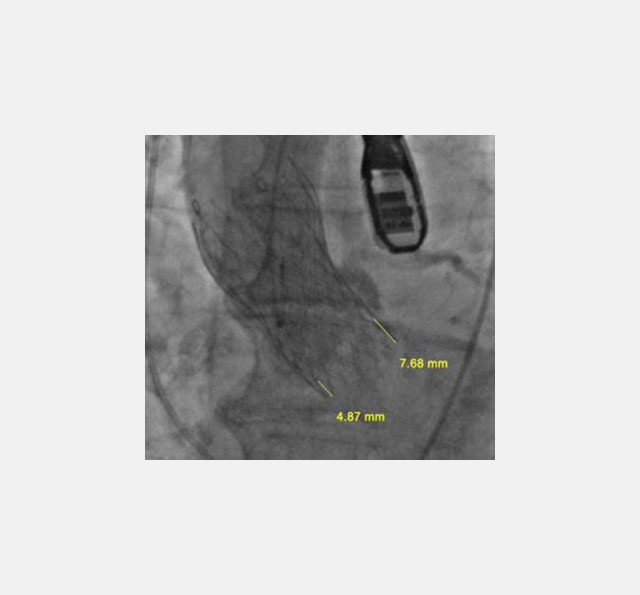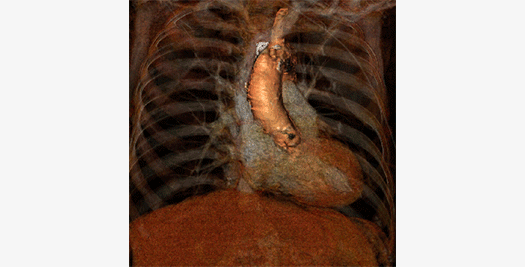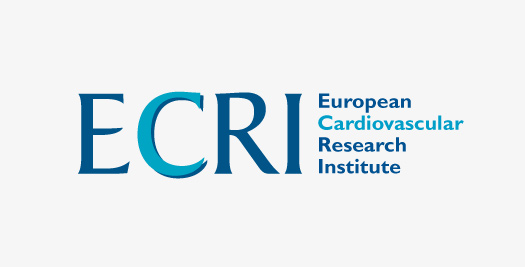Angiography
(Track record and methodological references: Core Lab Publications)
Angiography is the established imaging technique for coronary imaging, routinely used during cardiac diagnostic and interventional procedures.
Since their foundation in 1983, Cardialysis built broad experience in different types of quantitative and qualitative angiography analysis. To date, the Angiography Core Lab has been involved in 130+ studies.
Quantitative Coronary Analysis (QCA)
QCA is an imaging technique that provides objective and reproducible measurements of coronary artery dimensions. QCA is particularly useful for assessing the vessel lumen size, (re)occurrence of a (re)stenosis after coronary interventions, the evaluation of mechanical interventional devices (e.g. stents) and the long-term progression and regression of coronary atherosclerosis.
Bifurcation Analysis
Cardialysis has applied a new approach to bifurcation analysis. As an addition to the conventional QCA, a coronary bifurcation can be analyzed as a single object, including the central bifurcation area together with the angulation of the bifurcation. The entire bifurcation segment can be assessed within a six-segment model or within an eleven-segment bifurcation model.
Our Core Lab provides both 2D and 3D QCA. Out-of-plane magnification and foreshortening errors are minimized by calculating a true geometric shape in the 3D space from two or more 2D x-ray projections. 3D QCA offers improved analysis of difficult lesions and segment anatomy.
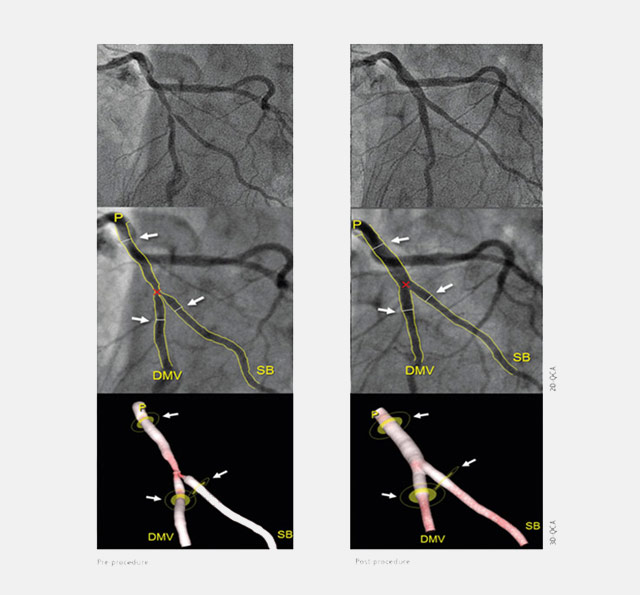
Qualitative (Visual) Assessment
The Angiography Core Lab has extensive experience in qualitative assessment of angiograms. The visual assessment of an angiogram may involve the analysis of morphological parameters, the coronary anatomy, the filling of coronary arteries, the cardiac function, and the evaluation of the result of an intervention according to pre-set definitions.
Myocardial Blush Grade
Myocardial blush is a measure of myocardial reperfusion in patients with acute myocardial infarction. It is estimated visually or measured using the Quantitative Blush Evaluator (QuBE).
Syntax Score
The SYNTAX Score is an angiographic tool to grade the complexity of coronary artery disease by characterizing the entire coronary tree with respect to the number of lesions and their functional impact, location and complexity. The SYNTAX Score can be used to compare the complexity of coronary artery disease in both individual patients and entire patient cohorts. At the Cardialysis Core Lab, we also apply the newly developed computed tomography (CT)-based SYNTAX Score.
Click here for the Syntax calculator
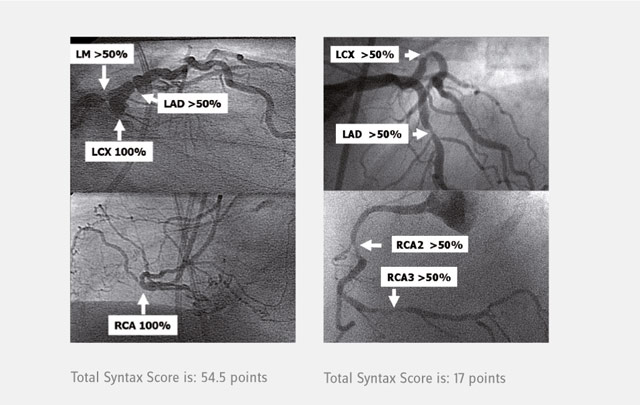
Angiography Left Ventricular Analysis
Left Ventricular analysis is the contour detection of the left ventricle. The analyst compares the percentage ejection fraction of the diastolic and systolic state of the left ventricle. Using software with automatic contour detection, the left ventriculograms are analyzed to assess global and regional left ventricular function, volume calculation and wall motion analysis e.g., during procedural and follow-up studies.
Transcatheter Aortic Valve Replacement (TAVR) analysis
Angiographic Quantitative Aortic Regurgitation Videodensitometric Analysis
This analysis enables quantification of aortic regurgitation before, during and after TAVI or TAVR procedures. The analysis enables quantification of aortic regurgitation based on the video densitometry. By confining the analysis area to the left ventricle outflow tract (LVOT) the feasibility, practically of the analysis has been improved significantly.
Validity and reproducibility of this method have been demonstrated in a phantom model, pre-clinical setting and clinical studies. In addition, a post-procedural aortic regurgitation of over 17% based on this novel methodology has been associated with higher mortality. This methodology can also be used to guide the TAVR procedure (e.g. the decision to perform post-implantation dilatation).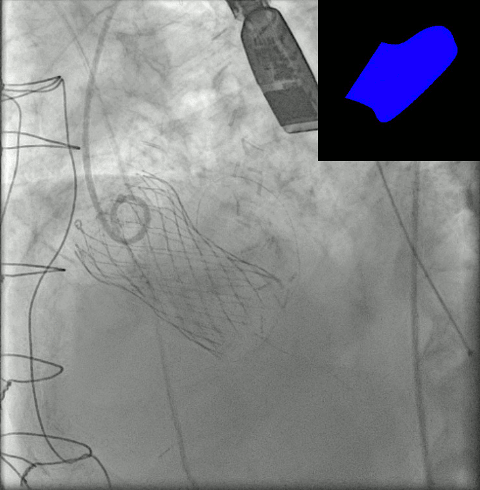
Angiographic analysis for TAVI analysis
In addition, to the ‘Angiographic Quantitative Aortic Regurgitation Videodensitometric Analysis’ the Core Lab can also provide ‘Angiographic analysis for TAVI’ which consist of qualitative assessment (e.g. Sellers grading and Frame fracture) and quantitative analysis of implantation depth. The analysis process with the dedicated software has been validated according to the Cardialysis standards.
